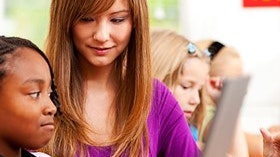Homepage
•
Learning Library
•
Blog
•
Personalize your learning environment
Expand breadcrumbs
Expand breadcrumbs
- Learning Library
- Blog
- Personalize your learning environment
- Homepage
- •
- Learning Library
- •
- Blog
- •
- Personalize your learning environment
Personalize your learning environment
By Barbara Bray
June 11, 2014








